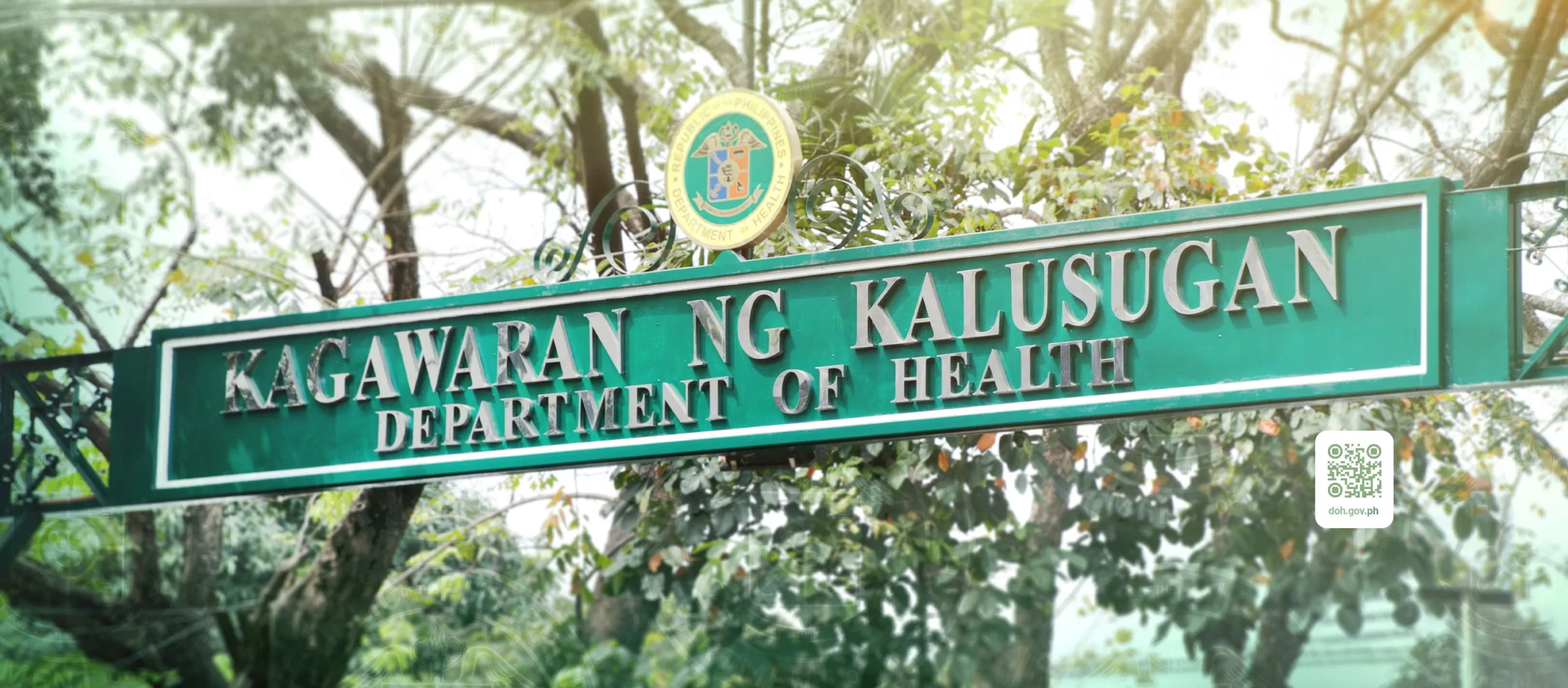Health
DOH: Low transmission, mild Covid-19 over holidays

In a statement, the DOH said there were 3,147 new Covid-19 cases in the country. (File Photo: Department of Health (Philippines)/Facebook)
MANILA – The Department of Health (DOH) on Thursday said low transmission of coronavirus disease 2019 (Covid-19) and its mild cases were reported during the holidays.
In a statement, the DOH said there were 3,147 new Covid-19 cases in the country.
The average number of new cases per day this week stood at 450, down 10 percent compared to cases from Dec. 19 to 25.
Of the new cases, only 40 or 1.28 percent, were seriously or critically ill.
For November to December 2023, the percentage of occupied intensive care unit (ICU) beds for Covid-19 cases remained low at only 16 percent at its highest, averaging at 12 percent.
During the same time period, the number of occupied non-ICU beds for Covid-19 cases was also low at 19 percent at its highest, averaging at 17 percent.
“Our data also shows a consistently low percentage of severe and critical cases among hospital admissions, currently at 11 percent,” the DOH said. “Our data shows the continuous low transmission and mild presentation of Covid-19 locally”.
It noted these could be attributed to Filipinos’ choice to practice healthy behaviors and heeding the call for multiple layers of protection: using face masks when needed, and going to well-ventilated areas, staying at home when ill.
False claim of new Covid-19 wave in Metro Manila
The DOH also advised the public against a circulating message, claiming a new Covid-19 wave in Metro Manila, attributed to Dr. Ruth Divinagracia from St. Luke Medical Center.
“There is no credible evidence or official announcement from health authorities supporting the assertion of a surge in Covid-19 cases at the mentioned hospital,” it said.
It urged the public to rely on information from reputable sources such as the DOH and other official health organizations.
“Misinformation can contribute to unnecessary panic and fear. Criminal charges may be pressed if related post/s shall persist,” it said.
Code White Alert
Meanwhile, the DOH will place all its hospitals in the National Capital Region (NCR) on Code White Alert starting Jan. 6, in preparation for the annual Traslacion, or Feast of the Black Nazarene on Jan. 9.
It noted that Code White Alert is declared during national events, holidays, or celebrations that can potentially cause mass casualty incidents or emergencies.
“As we celebrate this significant gathering for the annual feast of the Black Nazarene, our priority is the health and safety of all Filipinos,” DOH Secretary Teodoro Herbosa said.
“The activation of Code White Alert and deployment of health emergency response teams underscore our commitment to ensure prompt and efficient medical assistance in case of any medical emergency on the ground.”
Identified medical personnel and staff are placed on standby for the immediate acceptance and treatment of incoming patients at the hospitals during Code White Alert.
As part of the preparedness strategy, eight health emergency response teams will be strategically deployed along the Traslacion route to provide advanced emergency medical services to the thousands of devotees expected to participate in the event.
The teams, each equipped with ambulances, will be stationed at key locations, including Quirino Grandstand, Roxas Blvd. corner Ayala (National Museum and Fine Arts), Ayala Blvd. corner Taft (Philippine Normal University), Ayala Blvd. corner San Marcelino, San Sebastian Church with Reachout, Villarica, Quezon Blvd, Quinta Market, and Paterno, Quezon Blvd.
“This strategic deployment aims to ensure prompt and efficient emergency medical assistance, covering significant segments and quadrants to enhance the safety and well-being of all participants throughout the event,” Herbosa said.
The DOH also enjoined the public to observe the necessary precautions and safety measures during the celebration of the Feast of the Black Nazarene; and wear face masks and ensure good airflow.
It urged participants to refrain from touching and kissing the figures and statues due to the risk of transmission of communicable diseases; drink plenty of water to prevent dehydration; and avoid prolonged exposure to heat to prevent the risk of heat stroke.





















